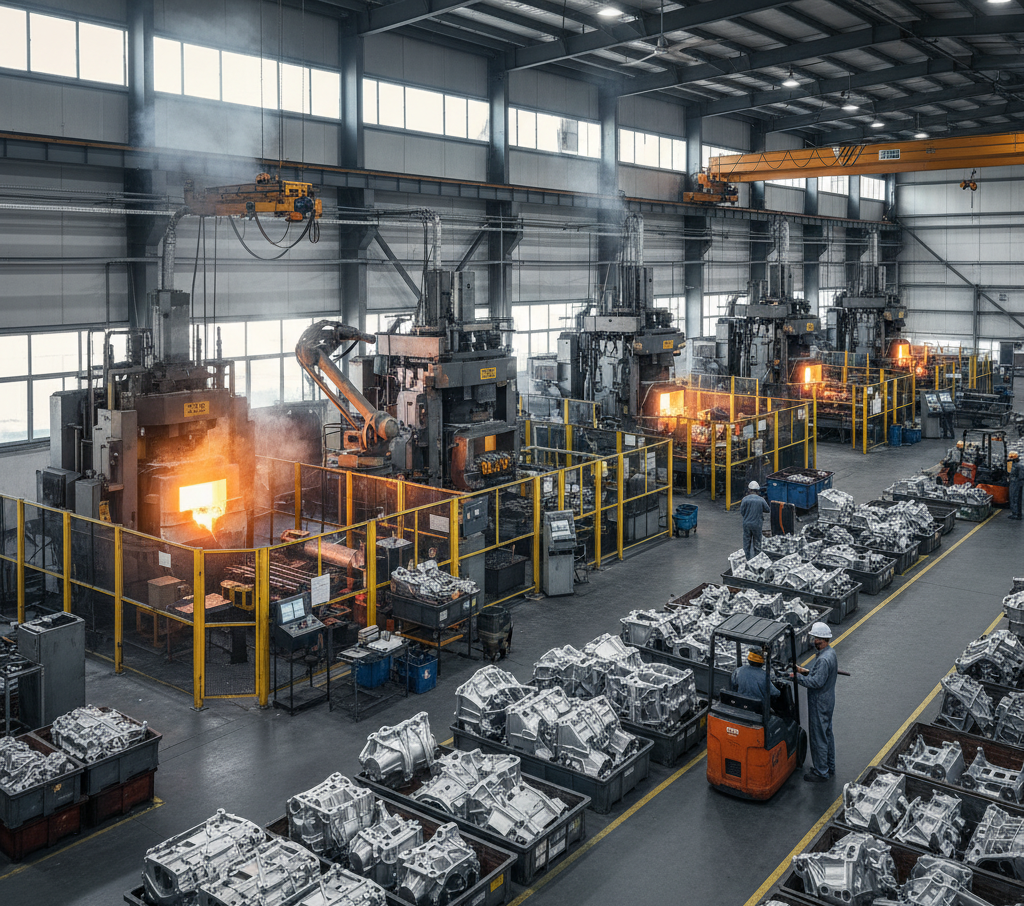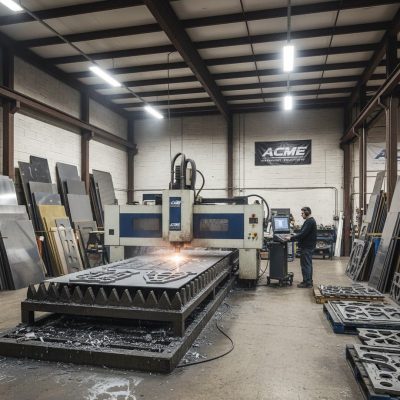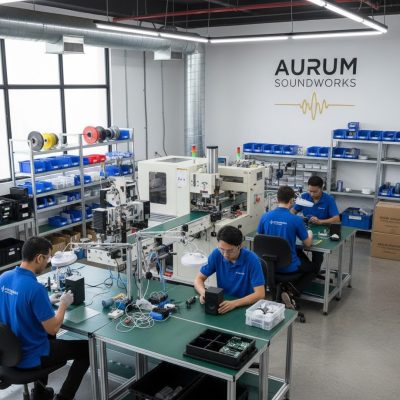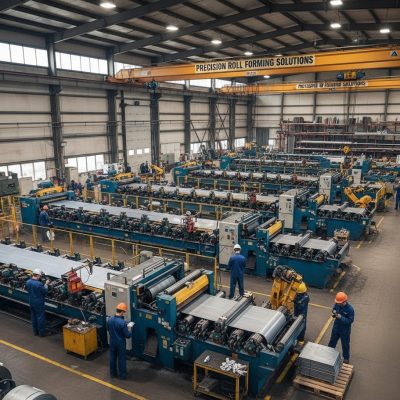In the competitive world of small and medium-sized businesses (SMBs) in auto manufacturing, controlling costs isn’t just about cutting corners—it’s about building a resilient, efficient supply chain that supports growth and innovation. With rising raw material prices, supply chain disruptions, and the shift toward electric vehicles (EVs), strategic sourcing emerges as a game-changer. This approach goes beyond traditional purchasing by focusing on long-term value, supplier partnerships, and data-driven decisions to optimize procurement. For SMB auto manufacturers, who often lack the scale of giants like Ford or Tesla, these techniques can deliver up to 15% savings on procurement costs while maintaining quality and agility.
In this blog post, we’ll explore proven strategic sourcing techniques tailored to the auto sector, drawing from industry best practices to help SMBs navigate challenges like volatile steel prices, component shortages, and regulatory demands for sustainability.
Understanding Strategic Sourcing in Auto Manufacturing
Strategic sourcing is a systematic process that aligns procurement with business goals, evaluating suppliers based on total value rather than just price. In auto manufacturing, this means sourcing everything from chassis components to EV batteries in a way that minimizes risks and maximizes efficiency. Unlike transactional buying, it involves analyzing market trends, fostering supplier relationships, and using tools for continuous improvement.
For SMBs, the benefits are clear: enhanced cost control, reduced supply disruptions, and better adaptability to trends like electrification. A McKinsey analysis highlights how midsize enterprises can achieve significant savings by addressing issues like spending opacity and single-supplier dependencies. Implementing these techniques can help SMB auto firms avoid margin erosion seen during events like the COVID-19 pandemic.
The 7-Step Strategic Sourcing Process: A Foundation for Cost Control
At the core of effective sourcing is a structured process. The 7-step model, pioneered by A.T. Kearney, provides a roadmap for SMBs to procure auto parts efficiently. Here’s how it works, with tips for cost optimization in auto manufacturing:
- Define the Spend Category: Identify key commodities like metals or electronics, including size, logistics, and end-user needs. This ensures targeted spending, preventing over-purchases of non-essential parts.
- Supply Market Research: Analyze costs for raw materials (e.g., aluminum for body panels) and identify vendors globally. This benchmarks prices, helping spot opportunities to switch to lower-cost alternatives without quality loss.
- Create a Sourcing Strategy: Align with goals like EV component sourcing, incorporating risk reduction through diversification. For SMBs, this might mean renegotiating with local suppliers for volume discounts.
- Choose Potential Vendors: Use RFPs to solicit bids, specifying requirements like just-in-time (JIT) delivery for assembly lines. Competitive bidding drives down prices.
- Select a Vendor and Negotiate Terms: Engage in multi-round talks, focusing on favorable contracts. Aim for terms that include bulk pricing or shared innovation costs for custom auto parts.
- Execute & Integrate: Roll out with clear communication to avoid delays, integrating suppliers into your supply chain for seamless operations.
- Benchmark and Track Results: Monitor KPIs like on-time delivery and cost savings using digital tools. This enables ongoing adjustments, such as shifting to greener suppliers for regulatory compliance.
By following this process, SMBs can restrict costs through competitive selection and continuous tracking, potentially saving 10-15% on materials.
Key Techniques for Cost Control
Beyond the core process, several targeted techniques can supercharge cost control in SMB auto manufacturing. These are adaptable for smaller operations with limited resources.
Supplier Relationship Management (SRM)
Building long-term partnerships with suppliers fosters trust and collaboration, leading to better pricing and innovation. In auto manufacturing, involve suppliers early in design for components like drivetrains to reduce development costs. For SMBs, focus on a few key regional suppliers to negotiate volume discounts and joint process improvements, avoiding the complexities of global networks.
Total Cost of Ownership (TCO) Analysis
Don’t just look at upfront prices—evaluate full lifecycle costs, including maintenance, energy use, and disposal for parts like batteries. This technique helps SMBs choose durable, efficient suppliers, enhancing long-term profitability in EV production. A TCO approach can reveal hidden savings, such as opting for sustainable materials that lower disposal fees.
Global Sourcing and Diversification
While SMBs may start local, expanding to global suppliers can optimize costs for specialized auto parts. Diversify to mitigate risks like tariffs or shortages, as seen in steel procurement from Asia or Latin America. Use market intelligence to track fluctuations, ensuring resilient supply chains without overextending budgets.
Demand-Driven Procurement and JIT Inventory
Align purchases with actual demand using JIT to minimize inventory holding costs—crucial for SMBs with limited storage. In auto assembly, this reduces waste from excess parts while adapting to market shifts like EV demand surges.
Technology Integration
Affordable digital tools like AI for spend analytics or e-auctions streamline sourcing, reducing manual errors. For SMB auto firms, these enable real-time tracking of supplier performance and predictive forecasting for cost components. Start with basic platforms to automate RFx processes and achieve transparency.
Risk Management and Continuous Improvement
Conduct regular risk assessments and build contingency plans. Foster a culture of improvement through workshops and “idea banks” for cost-saving ideas, like supplier-driven enhancements for energy-efficient components. Track metrics like defect rates to ensure ongoing savings.
Sustainability-Focused Sourcing
Green procurement not only meets regulations but cuts costs via eco-friendly materials that reduce energy use. Partner with sustainable suppliers for EV parts to appeal to consumers and lower long-term environmental fees.
Real-World Application: A Quick Case Study
Consider a midsize auto components producer that implemented strategic sourcing pre-COVID. By diversifying suppliers, optimizing logistics, and using long-term contracts, they avoided disruptions and maintained margins during demand spikes—proving these techniques’ value for SMBs.
| Technique | Key Benefit for SMB Auto Manufacturers | Estimated Cost Impact |
|---|---|---|
| SRM | Collaborative innovation and discounts | 5-10% savings on parts |
| TCO Analysis | Avoids hidden lifecycle costs | Up to 15% long-term reduction |
| JIT Inventory | Reduces holding costs | 10-20% inventory savings |
| Digital Tools | Streamlines negotiations | 5-15% process efficiency gains |
Conclusion: Empowering SMBs for Sustainable Success
Strategic sourcing isn’t a one-time fix—it’s an ongoing strategy that empowers SMB auto manufacturers to control costs amid industry volatility. By adopting the 7-step process and techniques like SRM, TCO, and digital integration, you can achieve substantial savings, build resilient supply chains, and position your business for growth in the EV era. Start small: assess your current spend, build a few key supplier relationships, and leverage affordable tools. The result? Not just cost control, but a competitive edge in a fast-evolving market.
Get the White Paper: Streamlining Procurement Processes for SMB Manufacturers
Get instant access to our white paper on Must-Know Procurement Tips for SMB Manufacturers by filling out the form below.
Get in Touch
Learn more about Lasso supply chain solutions for SMB manufacturers
Please complete the form and we will be in touch as soon as possible.







